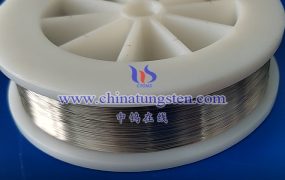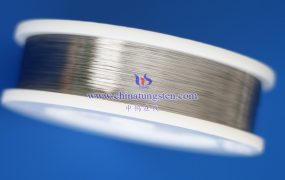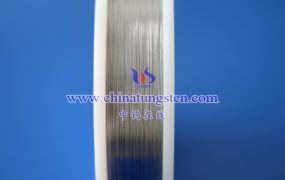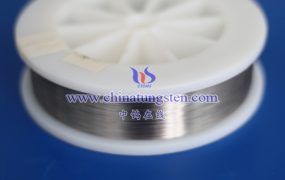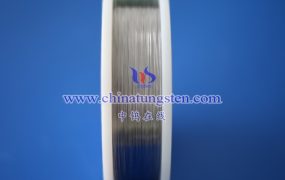The temperature window of the halogen cycle mainly depends on the type of halogen and the design and working conditions of the halogen lamp. The following is a detailed analysis of the temperature window of the halogen cycle:
- Halogen type and temperature window
Iodine tungsten cycle:
Bubble wall temperature range: 250~1100℃.
Inversion temperature (temperature when the equilibrium constant KP=1): about 950℃. When the glass shell wall temperature is higher than this temperature, tungsten will be deposited on the bulb shell due to partial decomposition of the halide, causing the bulb shell to blacken. Therefore, in halogen lamps using iodine tungsten cycles, it is necessary to control the glass shell wall temperature not to exceed the inversion temperature.
Bromine tungsten cycle:
Bubble wall temperature range: 200~1200℃.
The temperature window of bromine tungsten cycle is relatively wide, which makes bromine tungsten lamps more adaptable and stable in some application scenarios.
Chlorine tungsten cycle:
Although chlorine tungsten cycle can also be carried out in theory, it is rarely used in practical applications because chlorine compounds are easy to decompose at lower temperatures. Its reversal temperature (if it exists) will be much higher than the reversal temperature of iodine and bromine.
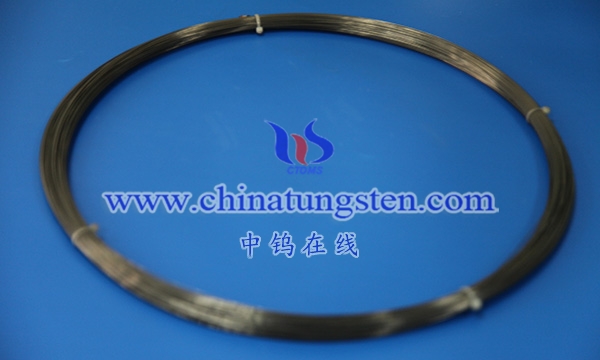
- The influence of halogen lamp design and working conditions on temperature window
Bulb structure:
The structural design of the bulb will affect the transfer and distribution of heat, thereby affecting the temperature window of the halogen cycle. For example, factors such as the heat dissipation performance of the bulb, the material and thickness of the bulb shell will affect the temperature of the glass shell wall.
Filling gas type and pressure:
The type and pressure of halogen gas filled in the halogen bulb will also affect the temperature window of the halogen cycle. Different types of halogen gases have different chemical properties and thermal stability, so they will have different effects on the luminous efficiency and life of the bulb.
Power supply voltage and current:
The magnitude of the power supply voltage and current will affect the heat generation and light output of the bulb. Therefore, when using halogen lamps, it is necessary to provide appropriate power supply voltage and current as recommended by the manufacturer to ensure that the halogen cycle is carried out within the appropriate temperature window.
More details of tungsten wires, please visit website: http://tungsten.com.cn/tungsten-wires.html
Please contact CHINATUNGSTEN for inquiry and order of tungsten needles:
Email: sales@chinatungsten.com
Tel.: +86 592 5129595

